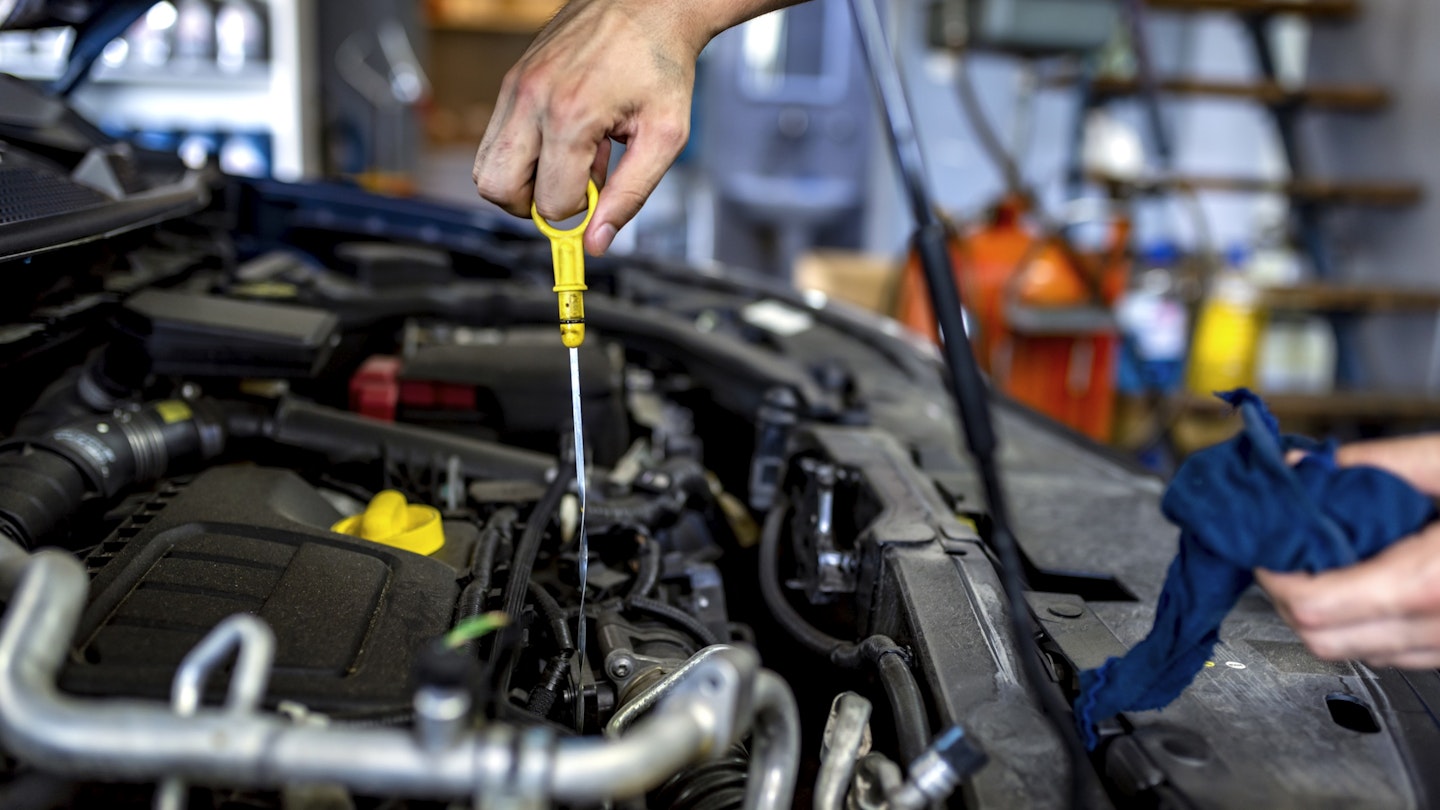Your Guide to a Safe Road Trip
With the chance to enjoy scenic highways, jaw-dropping national and state parks, cool small towns, and mid-size cities, the ‘great American road trip’ is one of our favorite warm-weather rituals.
Are you ready? Not so fast. More than 60 percent of American families hit the road on vacation, and an estimated four out of 10 drivers are unprepared for emergency breakdowns.
The top reasons for roadside emergencies are fairly predictable: Are you one of the two-thirds of American drivers who don’t test their car batteries? Are you the one in five who has no idea how to change a tire? Are you one of the four in 10 who don’t carry an emergency kit onboard? Here’s how to ensure your next road trip goes off without a hitch.
1. Give Your Car a Checkup
You know the drill: Schedule a maintenance checkup in advance of your trip. Check the oil, fluid levels, battery, and tires. Make sure you have air in your spare tire. Sure, this seems obvious, but chances are you haven’t done it yet, right?

2. Carry an Emergency Kit
Auto science is not rocket science: Pack a mobile phone and charger that can plug into your car, a flashlight (with fresh batteries and backups), a first-aid kit, a basic tool kit (including tire-pressure gauge and adjustable wrench), windshield wiper fluid, jumper cables, emergency flares or reflectors, drinking water, and snacks for both humans and pets. Assembling an emergency kit may seem like a hassle; however, being stuck on the side of the road without any of the items on this list is an even bigger hassle.

3. Don’t Get Locked Out
Carry extra car keys, take a moment to grab your keys before exiting the car, and check the batteries on keyless-entry remotes and smart keys while keeping them protected from water and other hazards. Some drivers find that establishing consistent car-key habits (you might even call them rituals) helps them track their keys. For instance: Always store keys in the same place, say the word ‘keys’ out loud before leaving your vehicle, and change batteries on remotes at the beginning and end of Daylight Saving Time.

4. Audit Your Insurance
Double-check your car insurance to confirm you have a printed copy of your policy and that you are up to date on payments. Nobody wants to get in an accident far from home without the proper insurance. You could save 15 percent or more on car insurance by switching options.





